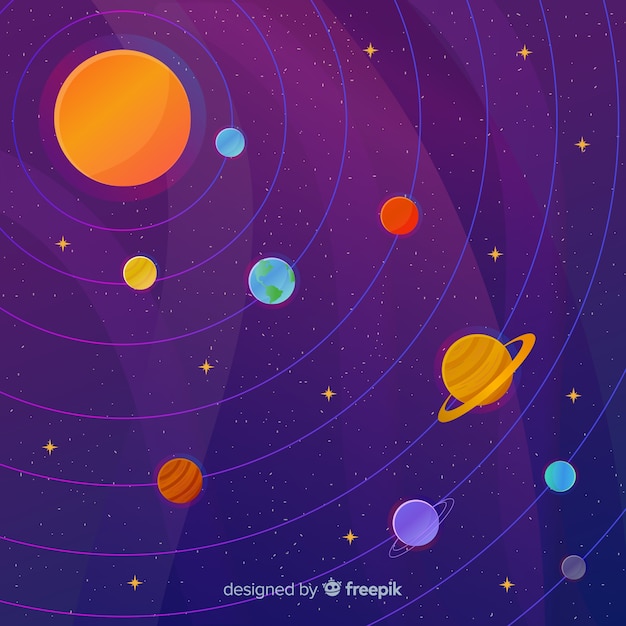
This can help them save time and money by avoiding having to redesign the system.Ībility to work as part of a team: Solar installers often work as part of a team to complete a project. Attention to detail can also help solar designers ensure they’re designing the solar panel system correctly. This can help ensure the panels are working properly and the system is generating enough energy.Īttention to detail: Solar installers need to have attention to detail to ensure they’re installing the solar panels correctly. For example, if a panel isn’t working properly, they may need to find the source of the problem and repair it. Problem-solving skills: Solar designers use problem-solving skills to find solutions to challenges they encounter during the installation process. They also use their communication skills to collaborate with other professionals, such as engineers, to ensure the design is feasible. Solar designers use technical skills to read and interpret data, design and create solar models and analyze the performance of solar panels.Ĭommunication skills: Solar designers use their communication skills to explain their designs to clients. Technical skills: Technical skills are the practical skills needed to perform a job. Solar designers need the following skills in order to be successful: Solar solar designers can earn certifications to gain more practical knowledge of their daily responsibilities, test their skills and advance their careers. It may also include shadowing another solar designer to learn the basics of the job.Ĭertifications & Licenses: Certifications allow professionals to prove their qualifications to current and future employers.
SOLAR SYSTEM DESIGNER SOFTWARE
This training may include learning the company’s specific software and procedures. Training & Experience: Solar designers typically receive on-the-job training from their new employers.

Relevant coursework includes solar design, solar installation, solar sales, solar marketing and business management. Some employers may prefer an associate or bachelor’s degree in solar design or a related field. Solar Designer Job RequirementsĪ solar designer typically needs to have the following qualifications:Įducation: Solar designers typically need a high school diploma or GED certificate.
SOLAR SYSTEM DESIGNER INSTALL
In addition, as the cost of solar power continues to decline, more homeowners and businesses are expected to install solar panels. The employment of solar designers is expected to grow much faster than average over the next decade.Īs more people install solar panels for electricity generation, demand for these workers will increase. Solar designers’ salaries vary depending on their level of education, years of experience, and the type of company they work for.

Communicating with clients throughout the design process to ensure that they are satisfied with the results.Coordinating with other members of the team throughout the project lifecycle to ensure that designs are feasible and compatible with other systems on the property.Developing proposals and bids for new projects, including outlining design requirements and costs.Researching new technologies to determine their viability for use in future projects.Creating drawings or models of proposed systems, including roof-top solar arrays, ground-mounted solar arrays, and solar farms.Developing financial models to determine the cost of a solar installation, taking into account factors such as local incentives, labor costs, material costs, utility rates, tax credits, etc.


Solar designers must be well versed in all aspects of solar technology-from photovoltaic cells to inverters to batteries-as well as the regulatory requirements for installing these systems in different jurisdictions. They work with a wide range of clients, from individuals who want to install solar panels on their homes to large corporations that need massive arrays of solar panels to generate electricity. Solar designers are responsible for the design and construction of solar power systems.


 0 kommentar(er)
0 kommentar(er)
